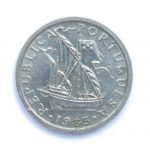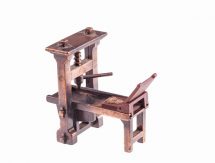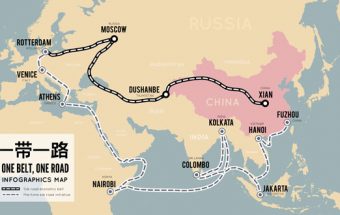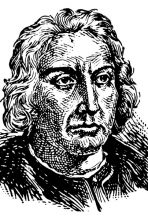1400s Recap: Sorcerers, witch doctors, and priests were the primary medical providers. Colds and digestive issues were taken care of on an individual basis with local knowledge of plants and herbalism. Anything more serious was blamed on sin and evil spirits and, thus, needed spiritual healing.
European nations collectively felt they were civilized and chosen by God. There was a right way to eat, a right way to dress, and a right way to behave. What you ate determined how you looked. The fall of the Roman Empire in 1453, combined with advancements in sailing vessels, was the catalyst for world explorations that quickly led to the enslavement of Africans. The influx of black people into predominantly white Europe sparked much discussion revolving around why black people were inferior to white people, which rationalized enslaving them. The nonsensical comparisons created false assumptions and dissected black bodies. Thanks to the invention of paper and the printing press, the misinformation spread quickly. Eager to soothe their consciences and confirm their place in society, white people latched onto false beliefs.
1444 Portugal began sailing down the coast and brought back the first large group of captive Africans. Thus began chattel enslavement. Prior to this, most enslaved people were captured due to poverty conditions, such as debt, being sold as a child, or being a prisoner of war.
1450 The printing press, which was invented in 1440 Germany, was now ready for widespread use. Paper had become more widely available shortly before this, as well. The paper and printing industry boomed since books were easier to publish, making them more affordable and accessible to the general population.
1453 – The Eastern Roman Empire fell to the Ottoman Empire, which practiced Islam. In order to keep their adversaries in check, the Roman Catholic church educated its masses about Islam, stating Mohammed was indulgent of his senses, lustful, and ultimately the Anti-Christ. This was their view of anyone from the East who was “Oriental,” not just those who practiced Islam. These views lasted for centuries.
1453 The Ottoman Empire controlled the trading routes known as the Silk Road. After years of fighting, the systems that maintained the safety of trade along the Silk Road were gone, and the Ottoman Empire closed its borders- effectively closing off all communication and trade after 1583 years of the Silk Road’s existence. This also significantly slowed down religious/cultural tolerances. Kings and Queens of the European nations quickly became desperate to figure out alternative ways to get the goods and materials on which they had become reliant. This motivated Western European nations to fund exploration by water and land. European colonial settlements expanded greatly from here on out.
1492 The Italian Explorer, Christopher Columbus, sailed to the Caribbean on a Spanish-funded ship with conquistadors. His journals detailed how the settlers felt they were sent to civilize the land and its inhabitants. They didn’t yet know about germs, so they blamed any illness on indigenous foods. They also believed that eating indigenous foods would magically change the features of the settlers and make them look like indigenous peoples. Multitudes of Native peoples died from Spanish germs, but this is often glossed over in storybooks.




